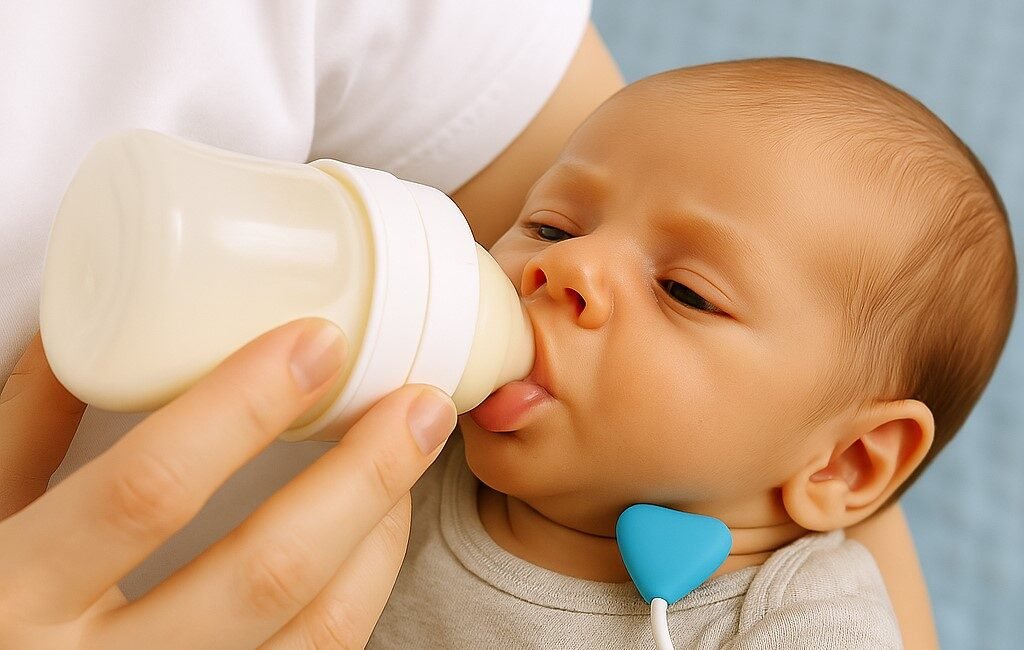For many new parents, breastfeeding isn’t just a physical challenge—it’s an emotional guessing game. Is the baby getting enough milk? Is my supply sufficient? These questions often go unanswered, leading to stress, early weaning, and a reliance on formula that may not be medically necessary. In fact, perceived insufficient milk supply (PIMS) is one of the leading reasons why women stop breastfeeding before the recommended six-month mark. But a new device developed at Monash University may finally offer clarity—by turning every feed into a measurable moment.
The device, called “Infafeed”, was created by biomedical engineer and new mother Dr. Fae Marzbanrad, who found herself facing the same uncertainty many parents do. Her baby wasn’t gaining weight, and despite her engineering background, she had no way to objectively measure how much milk was being consumed during breastfeeding. That frustration led to innovation. Working with her team at Monash’s Faculty of Engineering and in collaboration with neonatologist Associate Professor Atul Malhotra, Dr. Marzbanrad developed a wireless, non-invasive sensor that sits gently on a baby’s neck during feeding. The sensor records signals—subtle vibrations and movements—that are processed by AI to calculate milk intake in real time.
The technology is deceptively simple in appearance: a small probe, no larger than a thumbprint, placed on the baby’s neck. But behind the scenes, it’s a sophisticated system that interprets feeding behavior with remarkable accuracy. In a pilot study involving 24 newborns, Infafeed successfully tracked milk consumption, offering a new way to assess neonatal feeding without tubes, scales, or guesswork. The data is instant, objective, and potentially transformative for both clinical and home settings.
What makes Infafeed particularly compelling is its potential to reduce unnecessary supplementation. Many parents, fearing their baby isn’t getting enough milk, turn to formula prematurely. But with Infafeed, they can see exactly how much milk is being consumed, helping them make informed decisions and avoid undermining their breastfeeding efforts. It also enables early identification of feeding problems—whether due to latch issues, low supply, or developmental concerns—before they escalate into more serious health challenges.
The device could be especially valuable for preterm or low birth weight babies transitioning from gastric tube feeding to breast or bottle. In these cases, accurate monitoring is critical, and Infafeed offers a gentle, data-driven way to support weight gain and feeding success. It’s also poised to help clinicians tailor breastfeeding support strategies, offering a more personalized approach to neonatal care.
Article from Monash University: Engineer-mum turns breastmilk worries into smart device for parents
Journal Article from Newborn: Infafeed Monitor Pilot Study: Measuring Ingested Milk Volumes in Neonates

